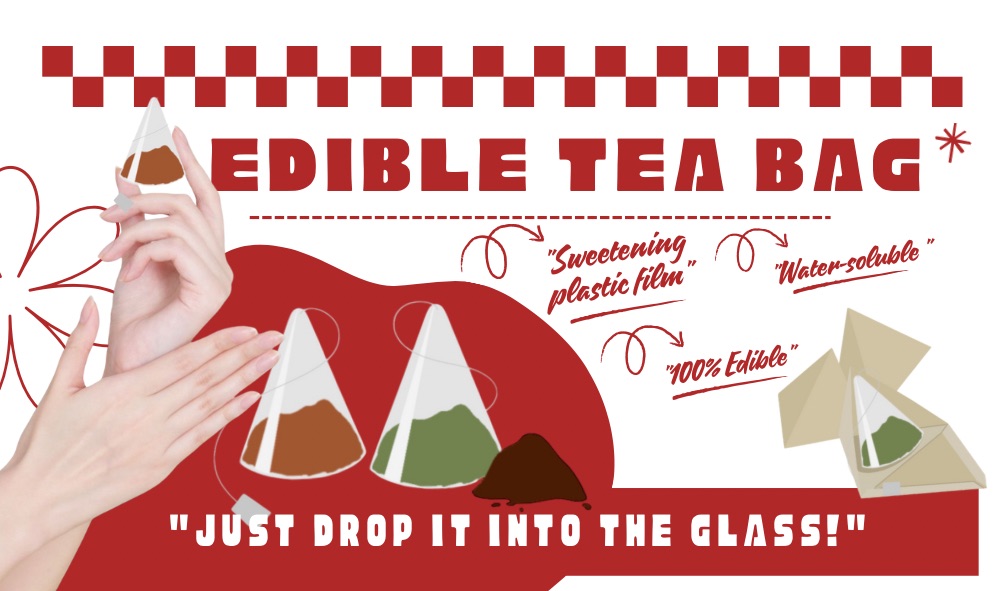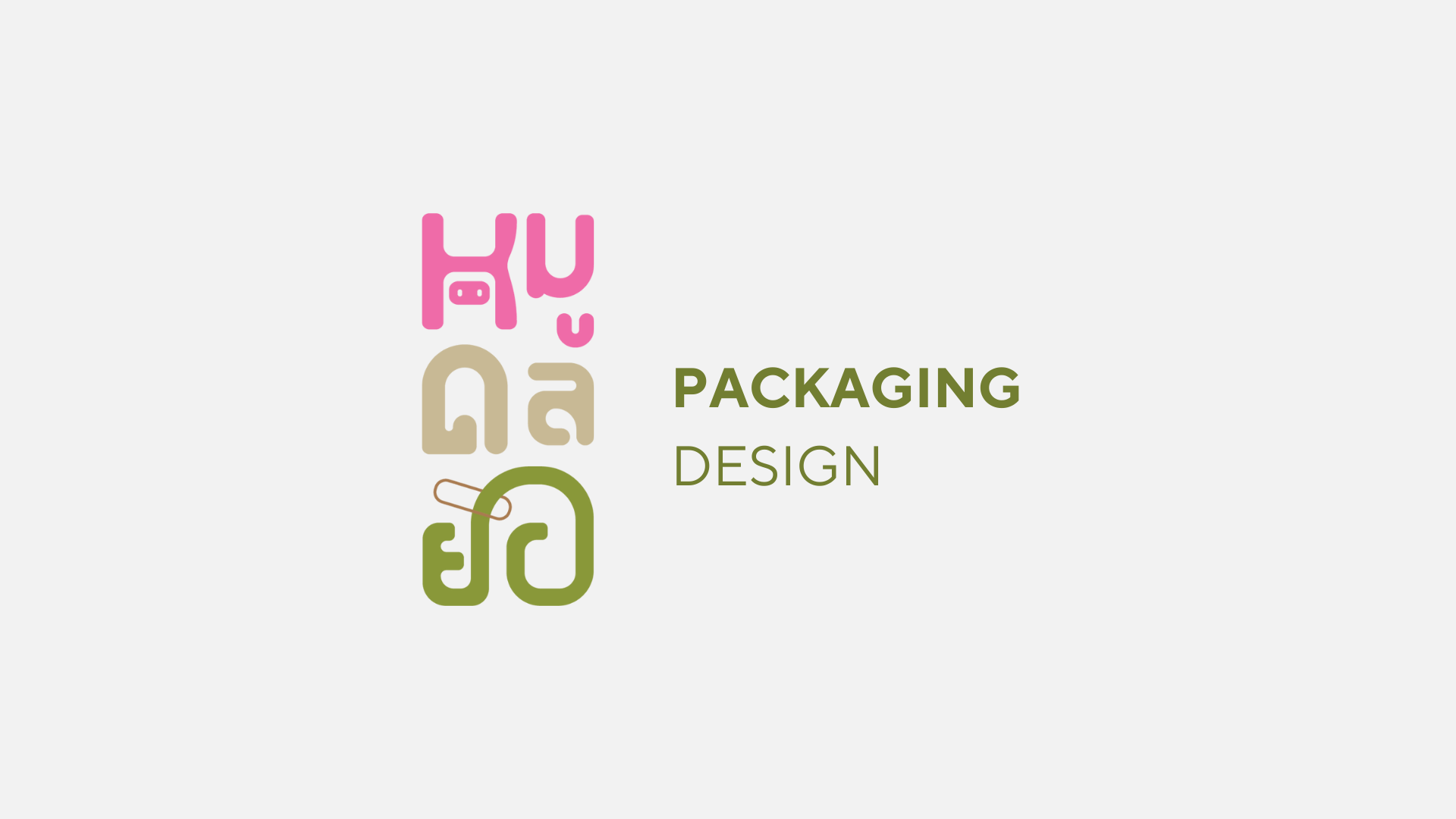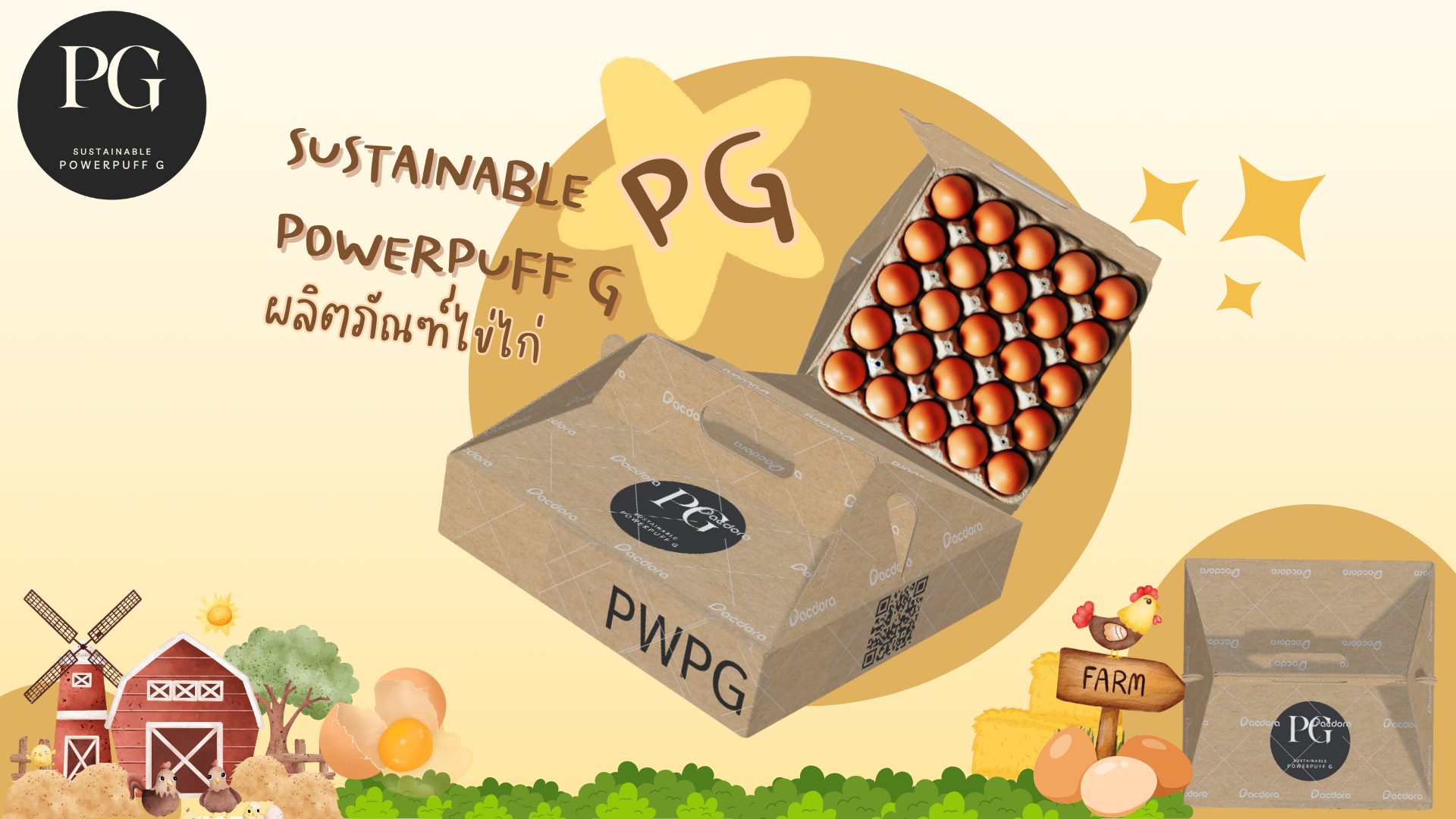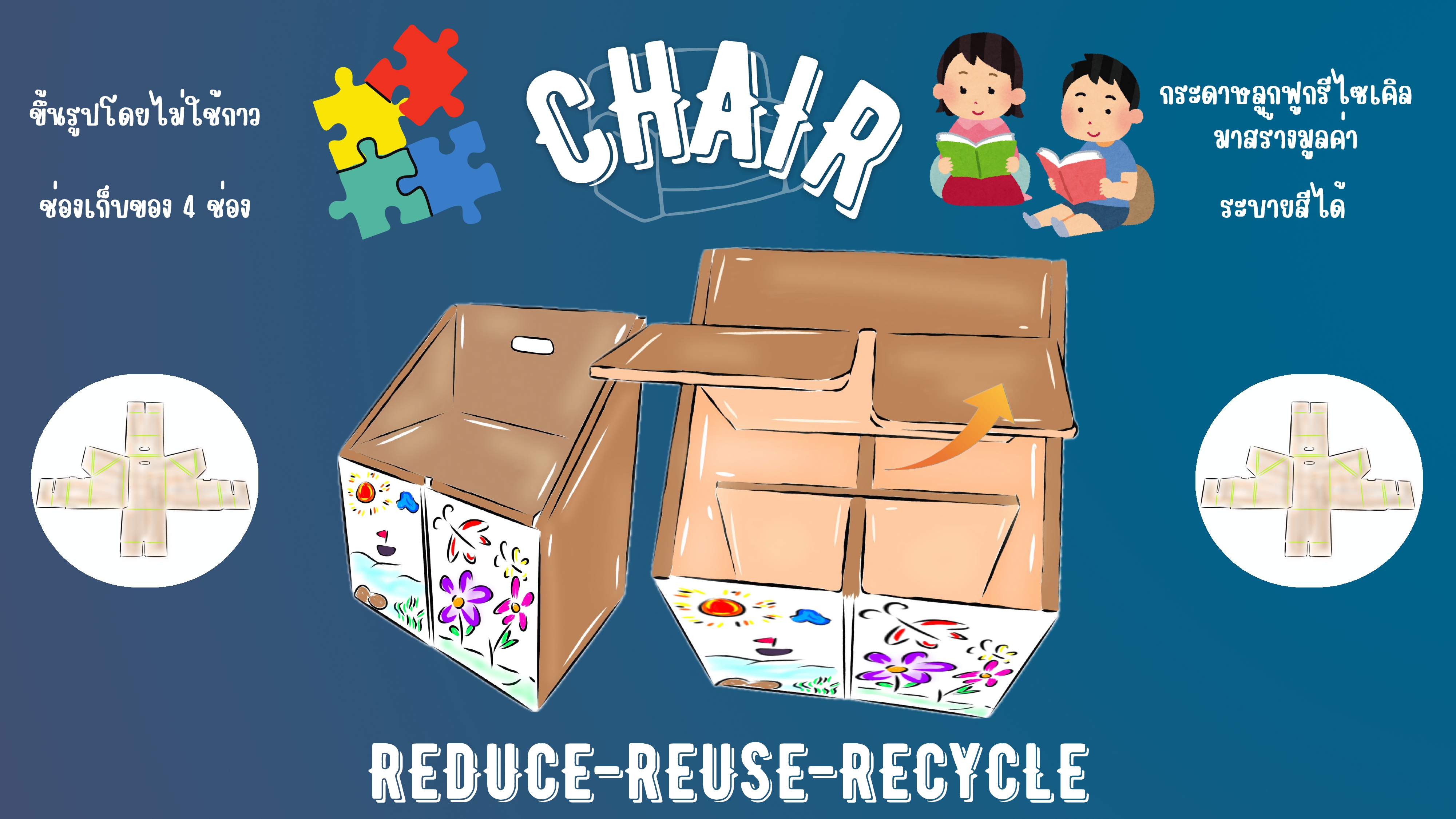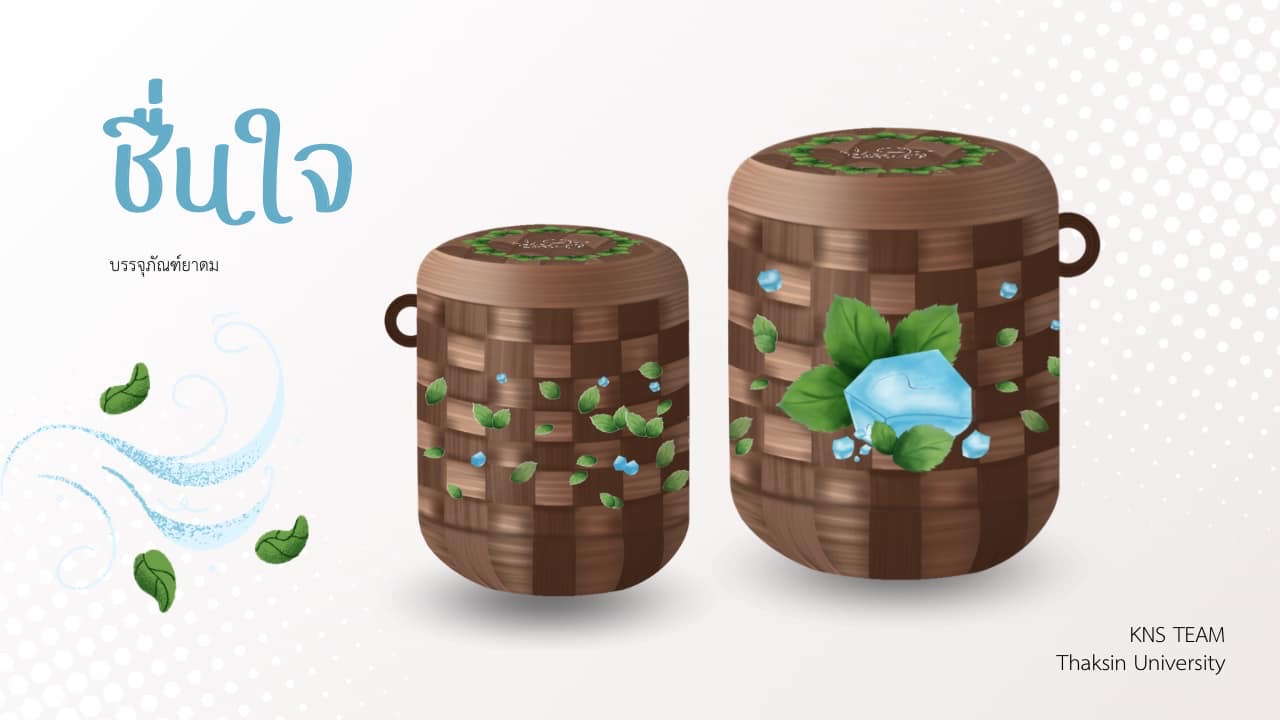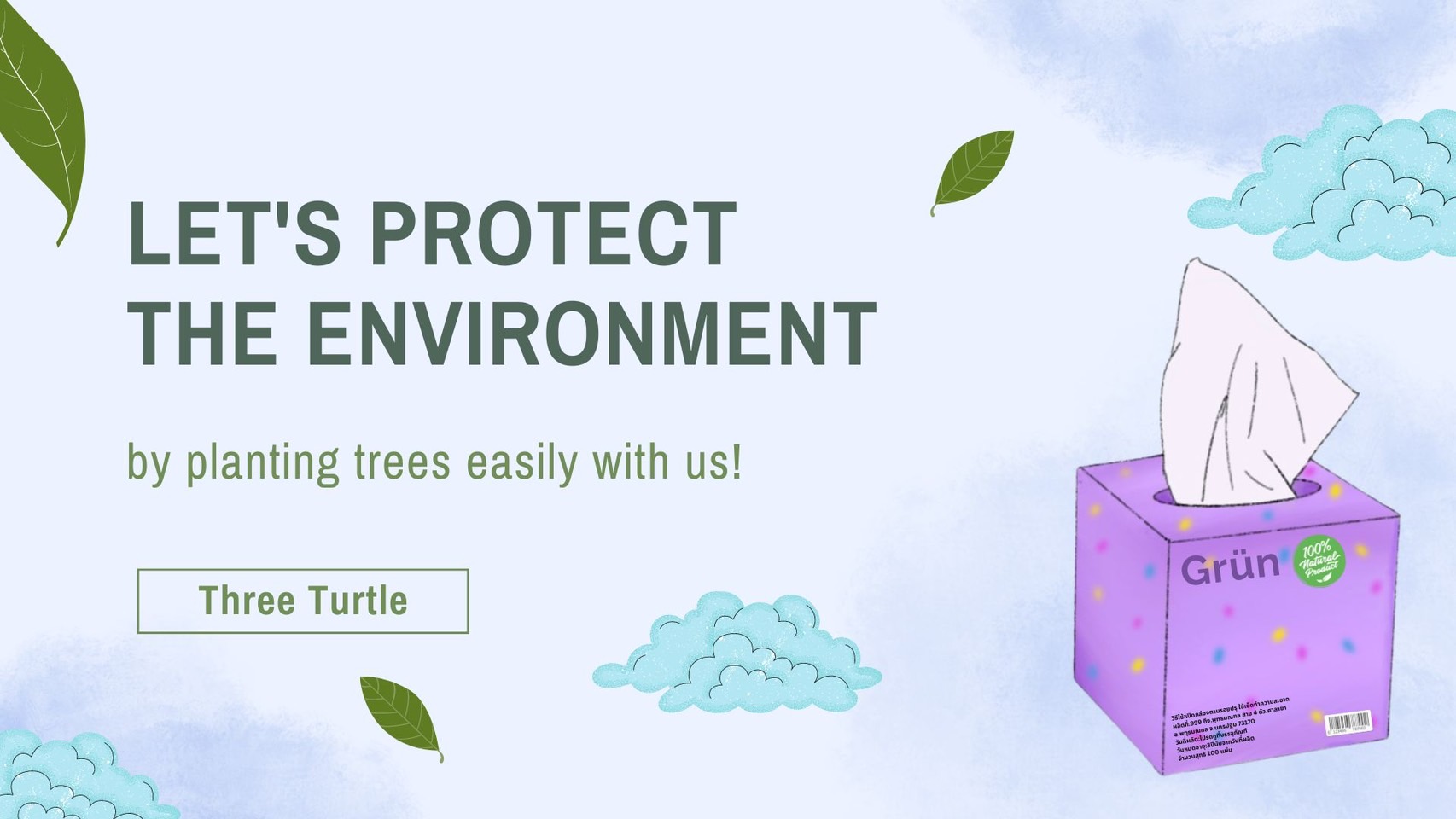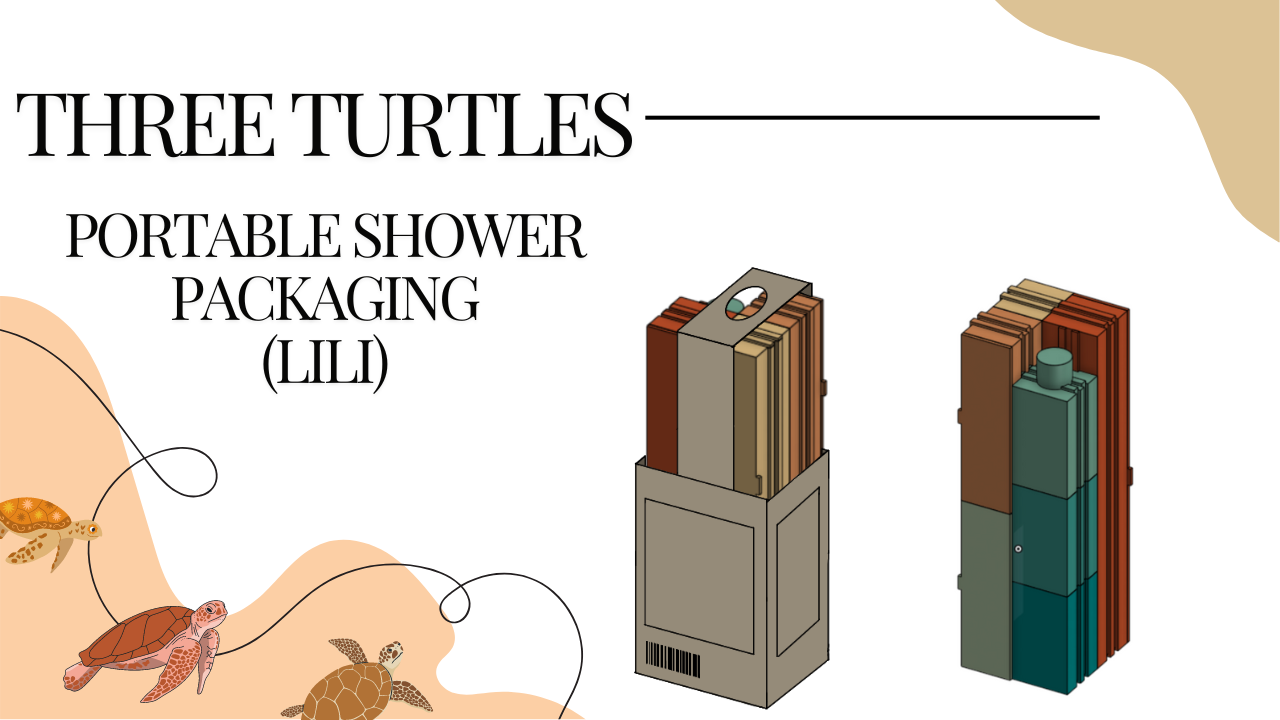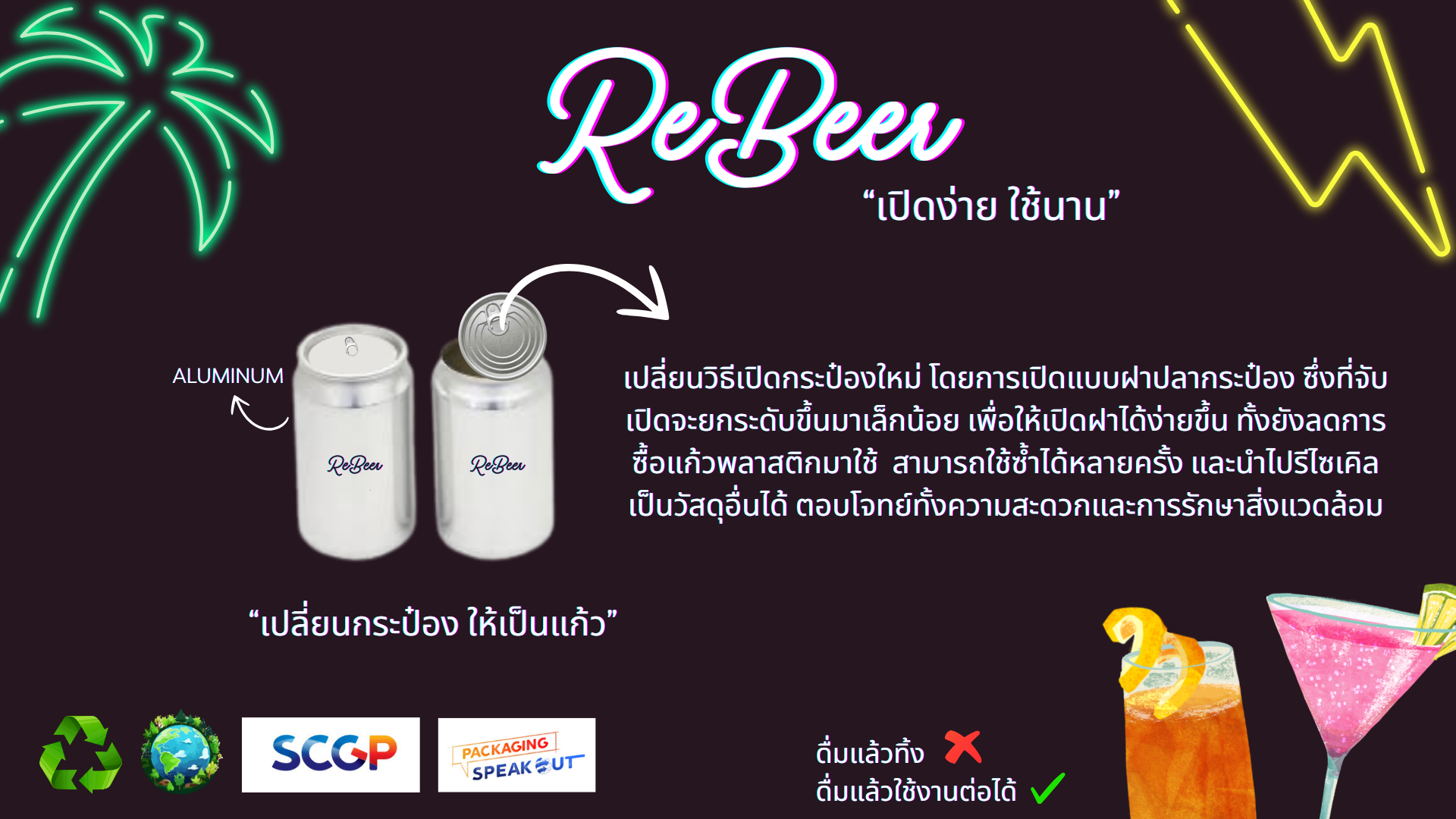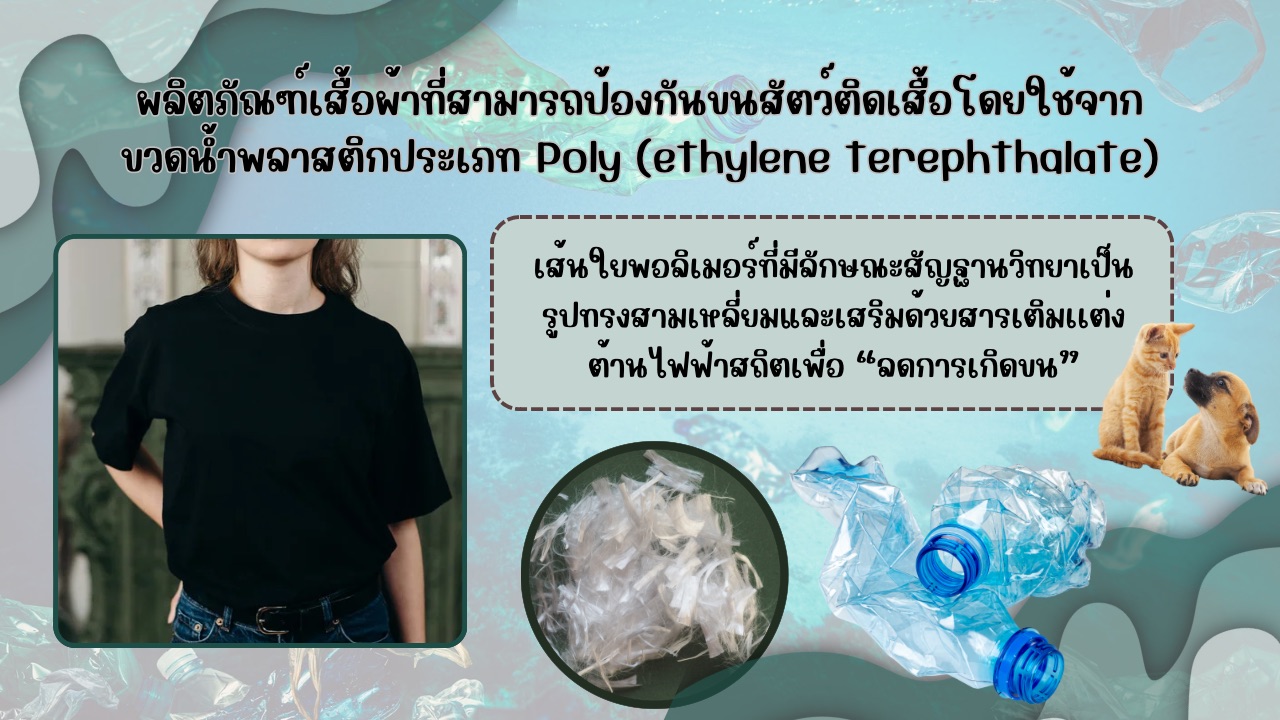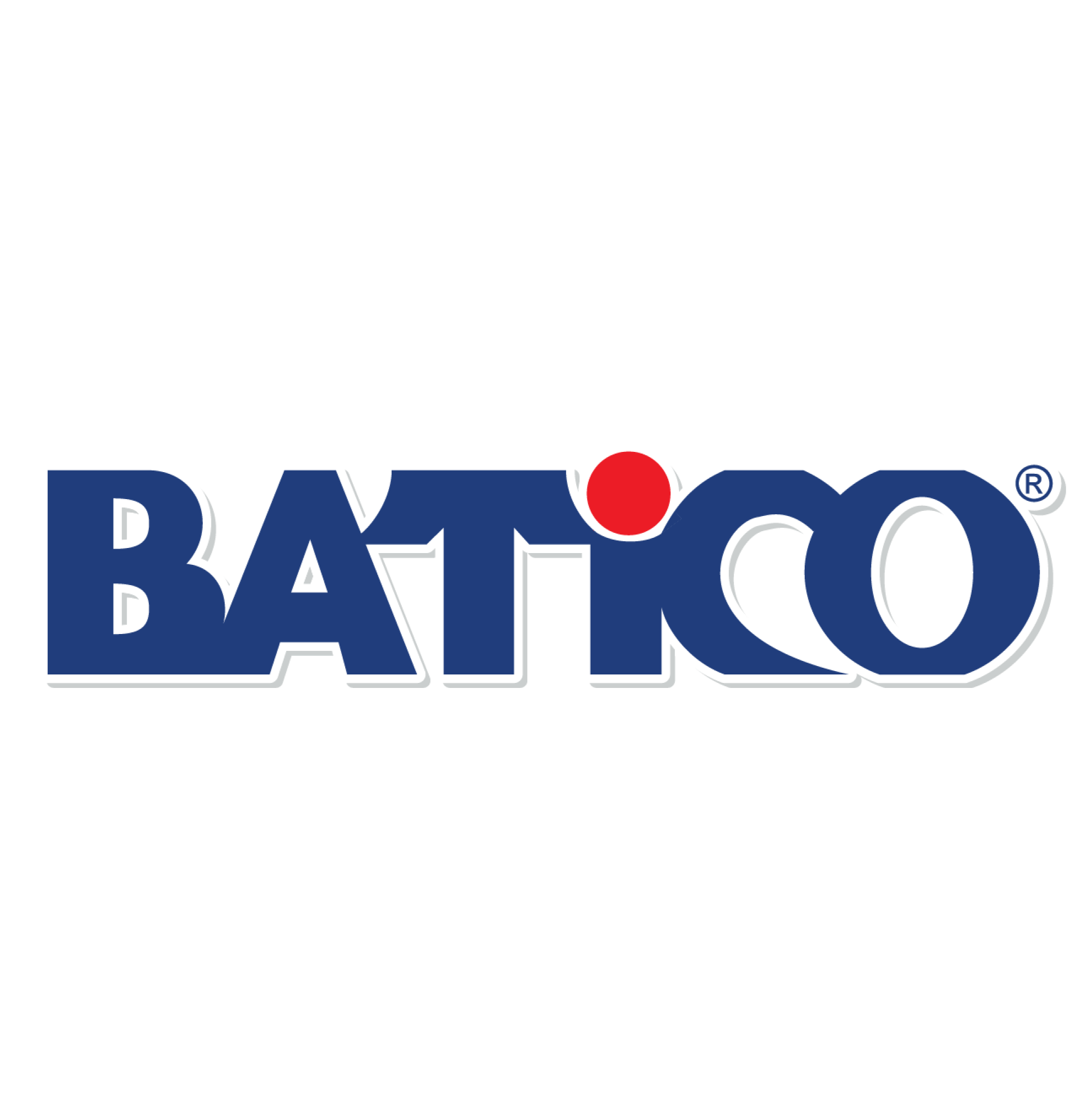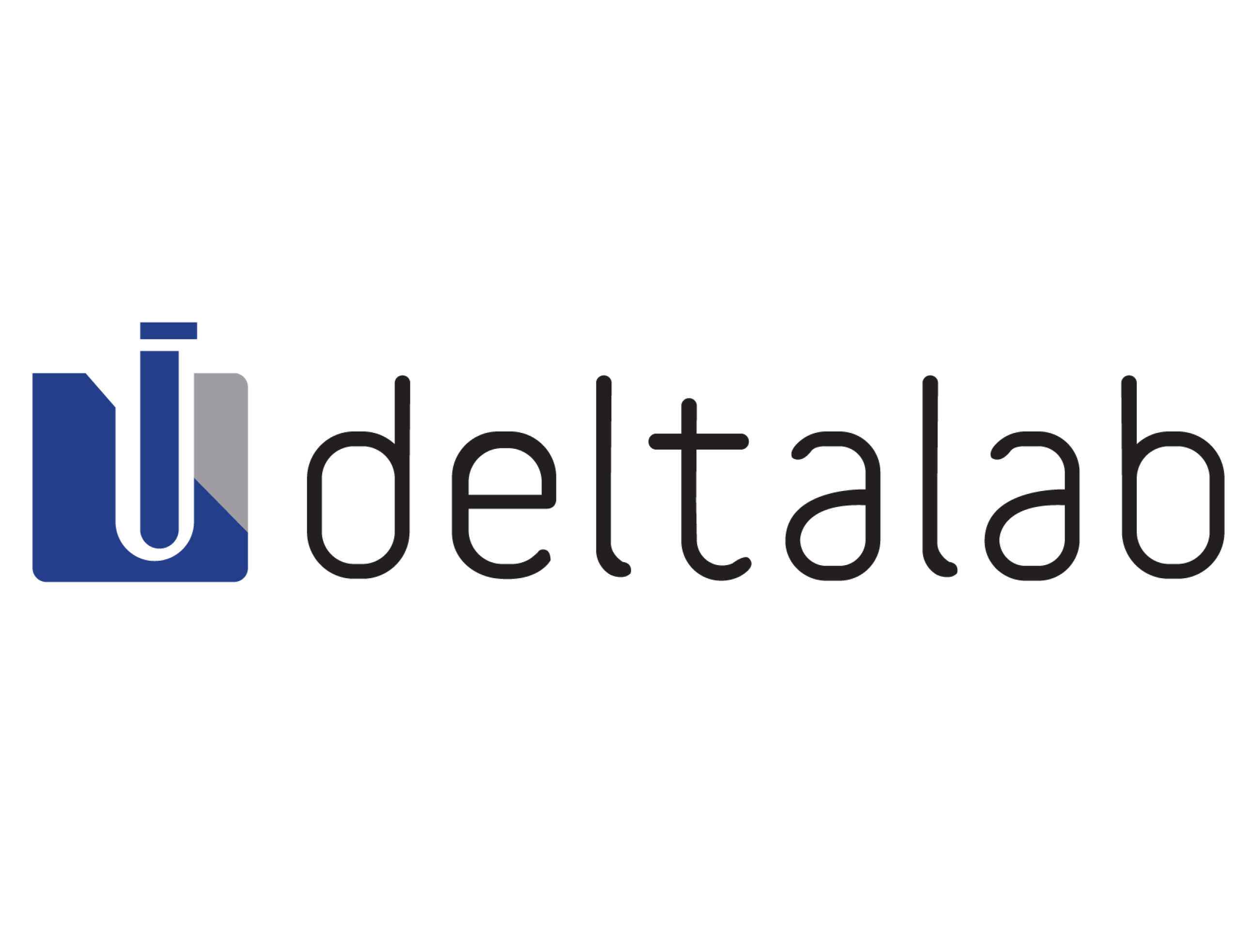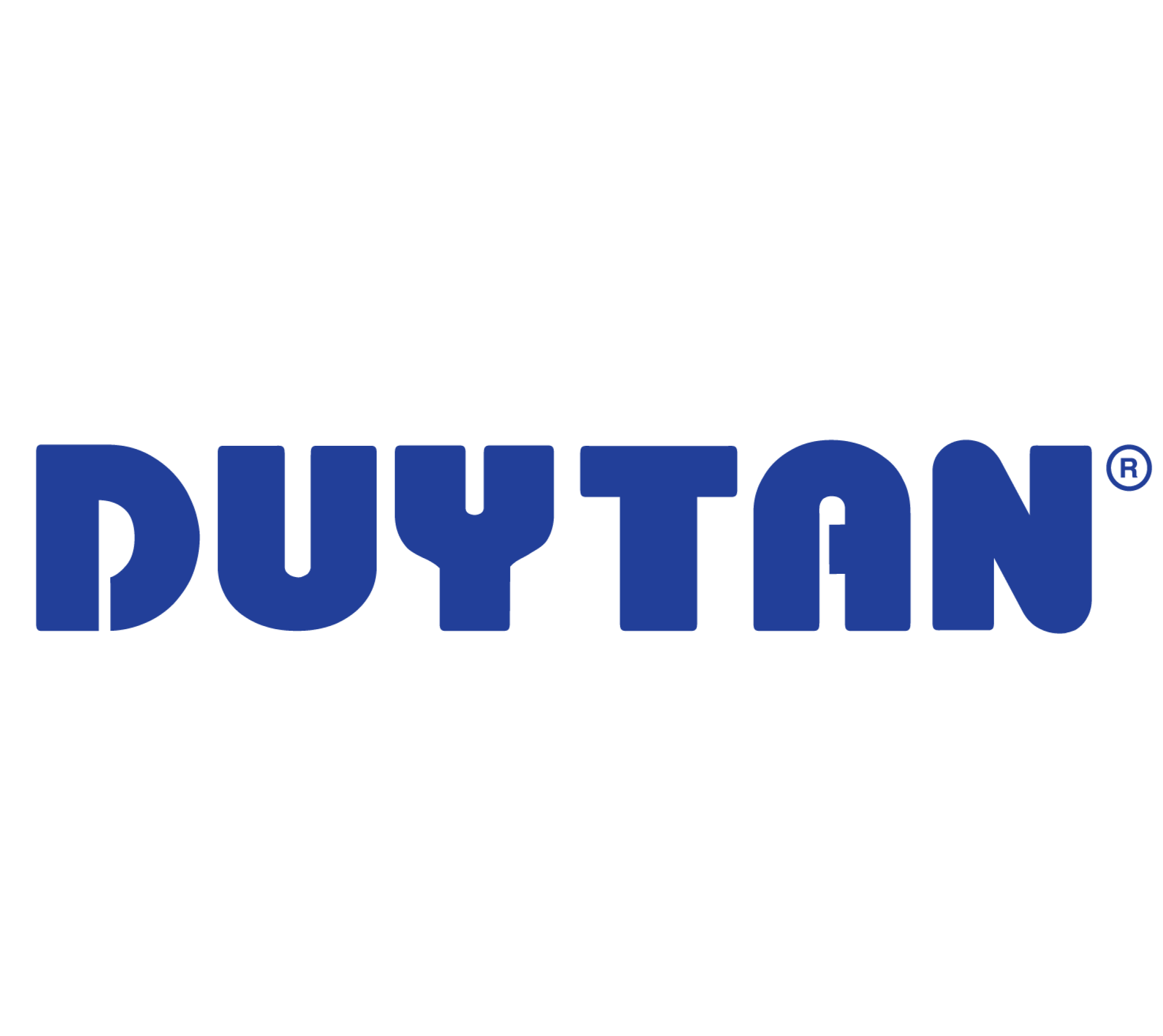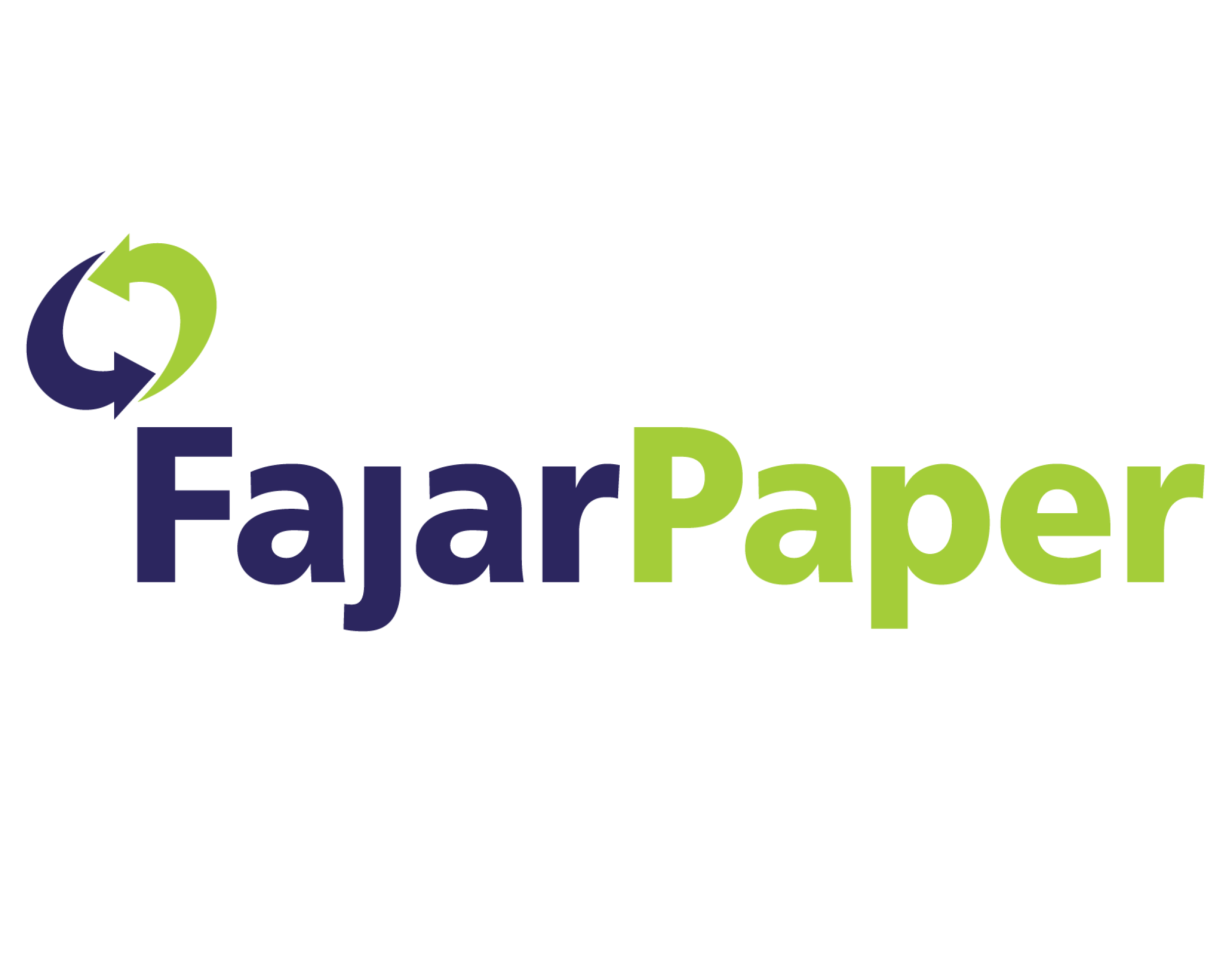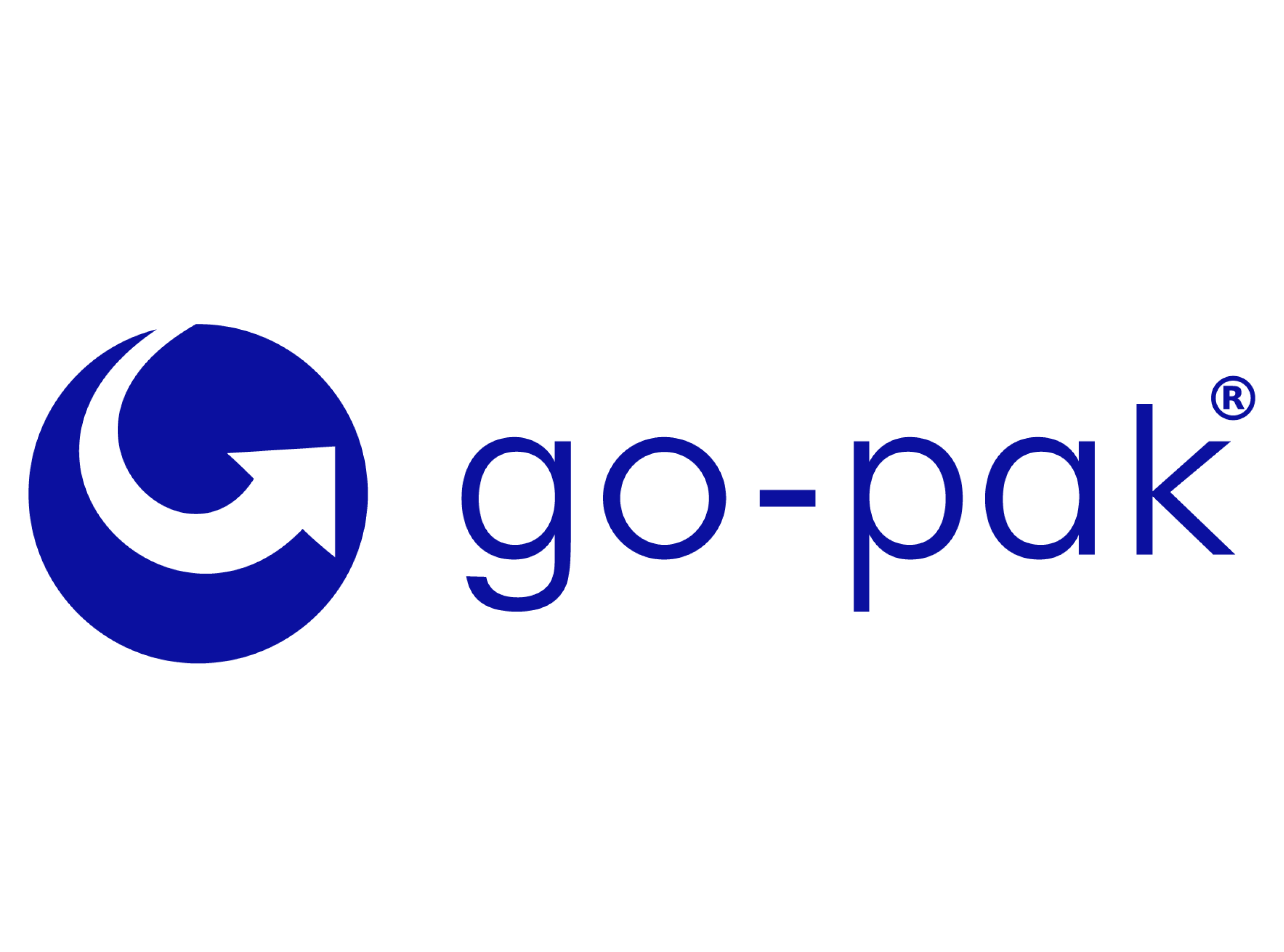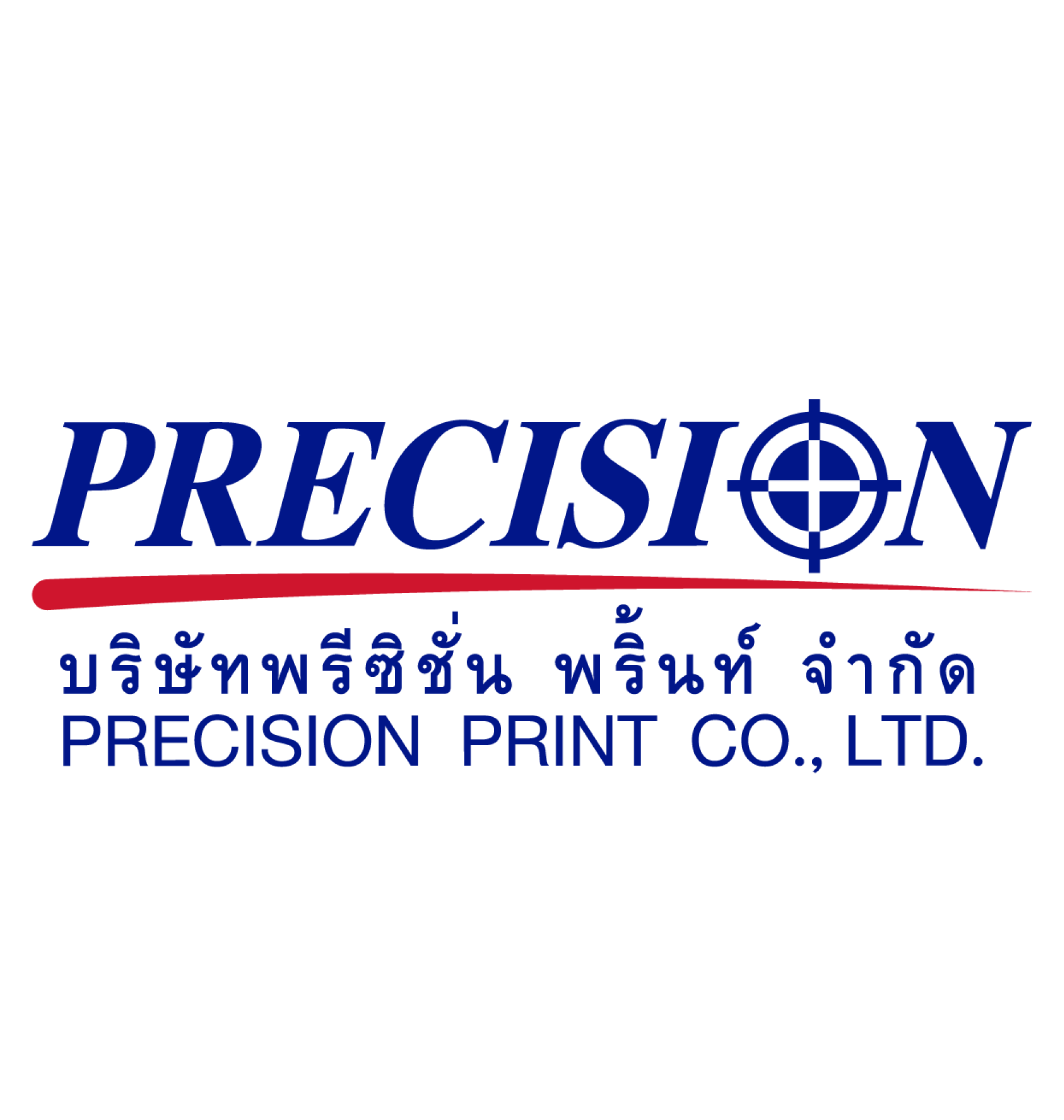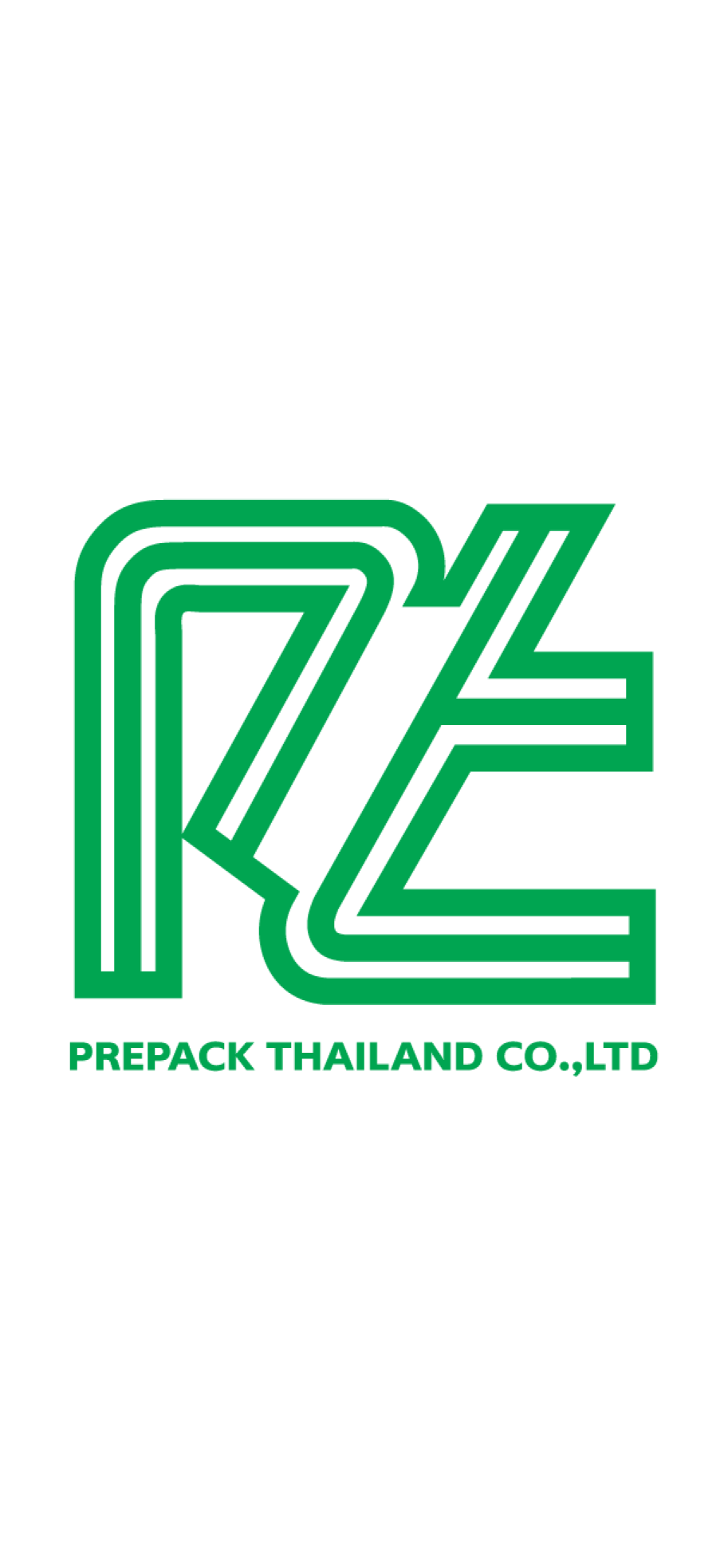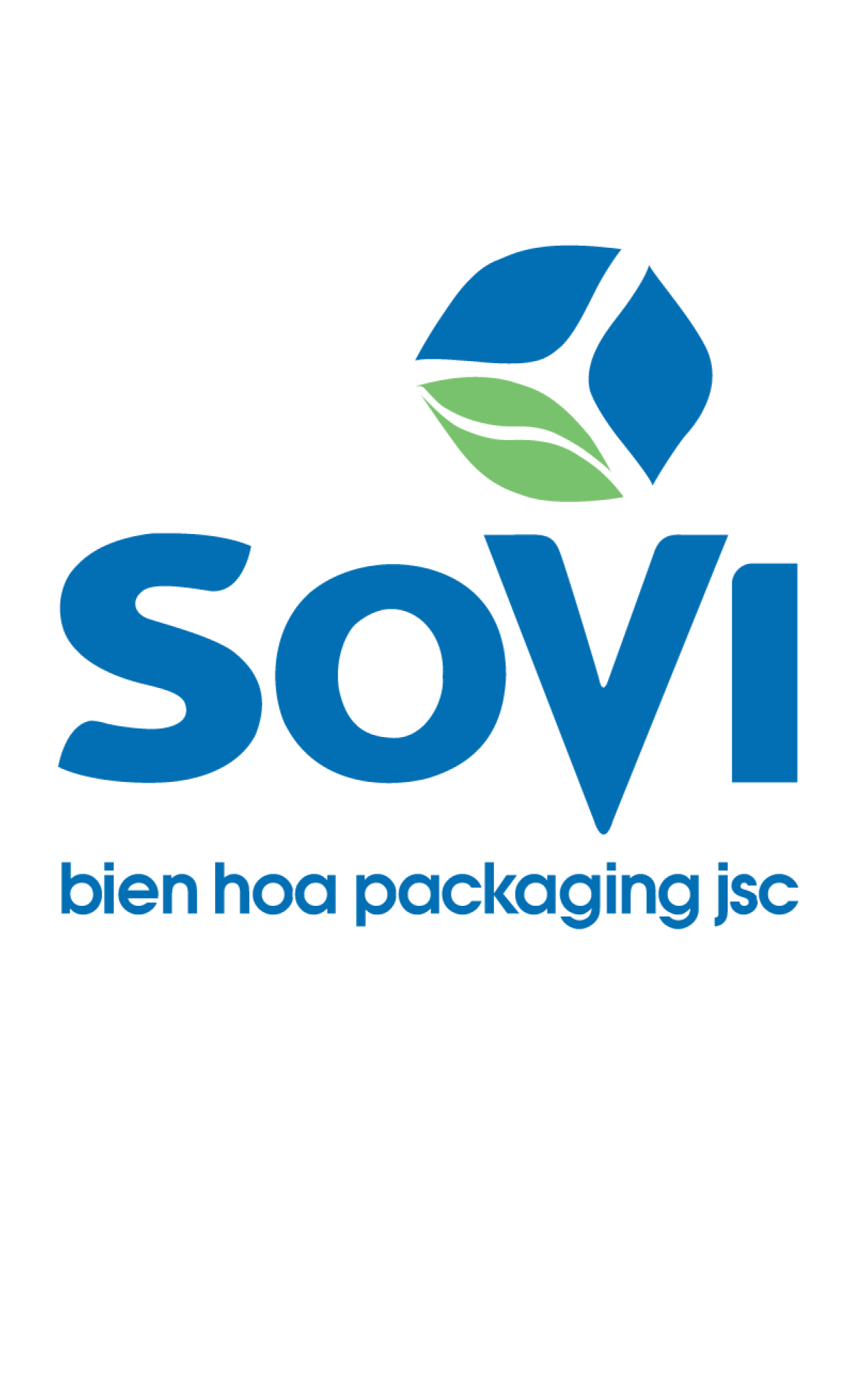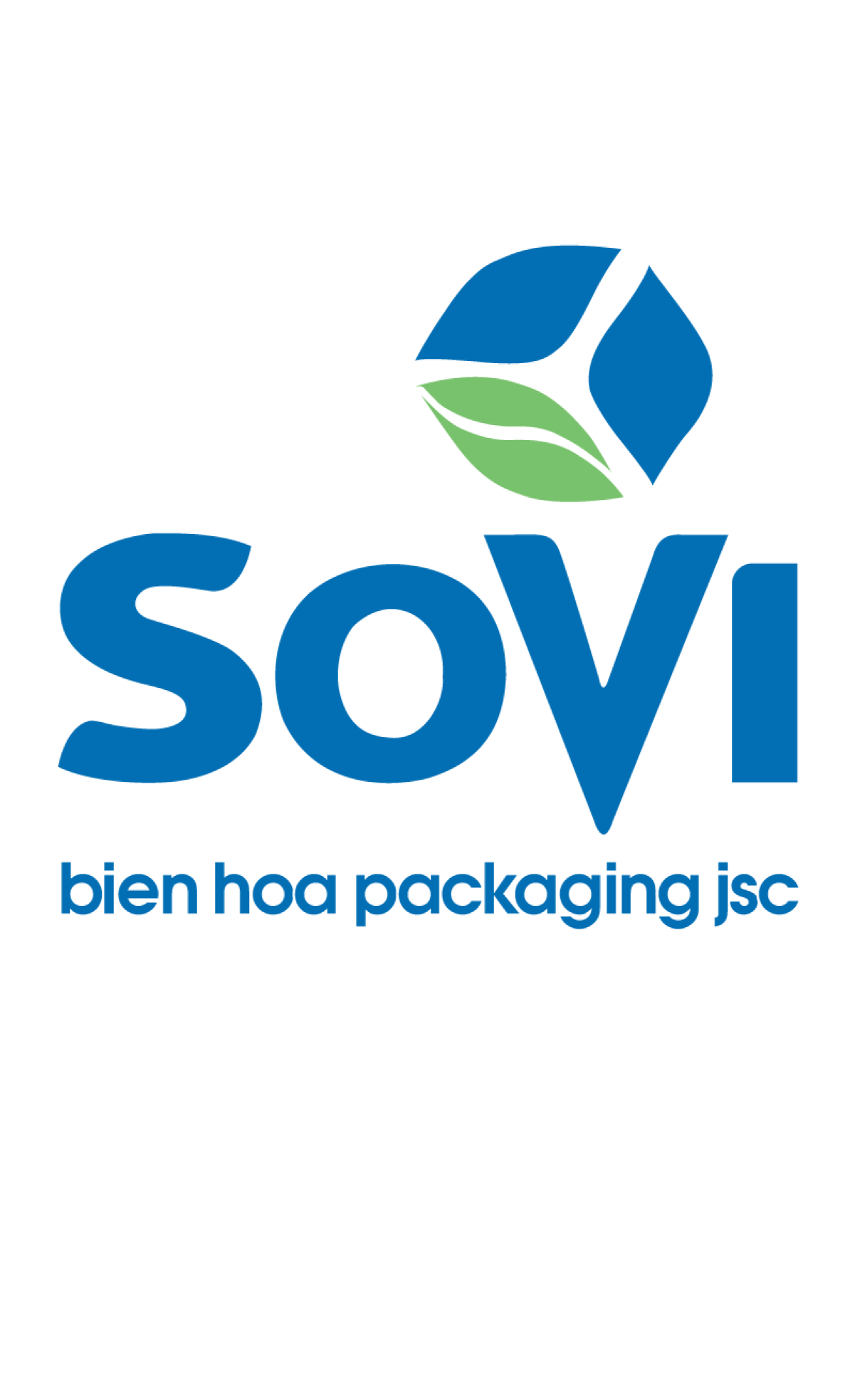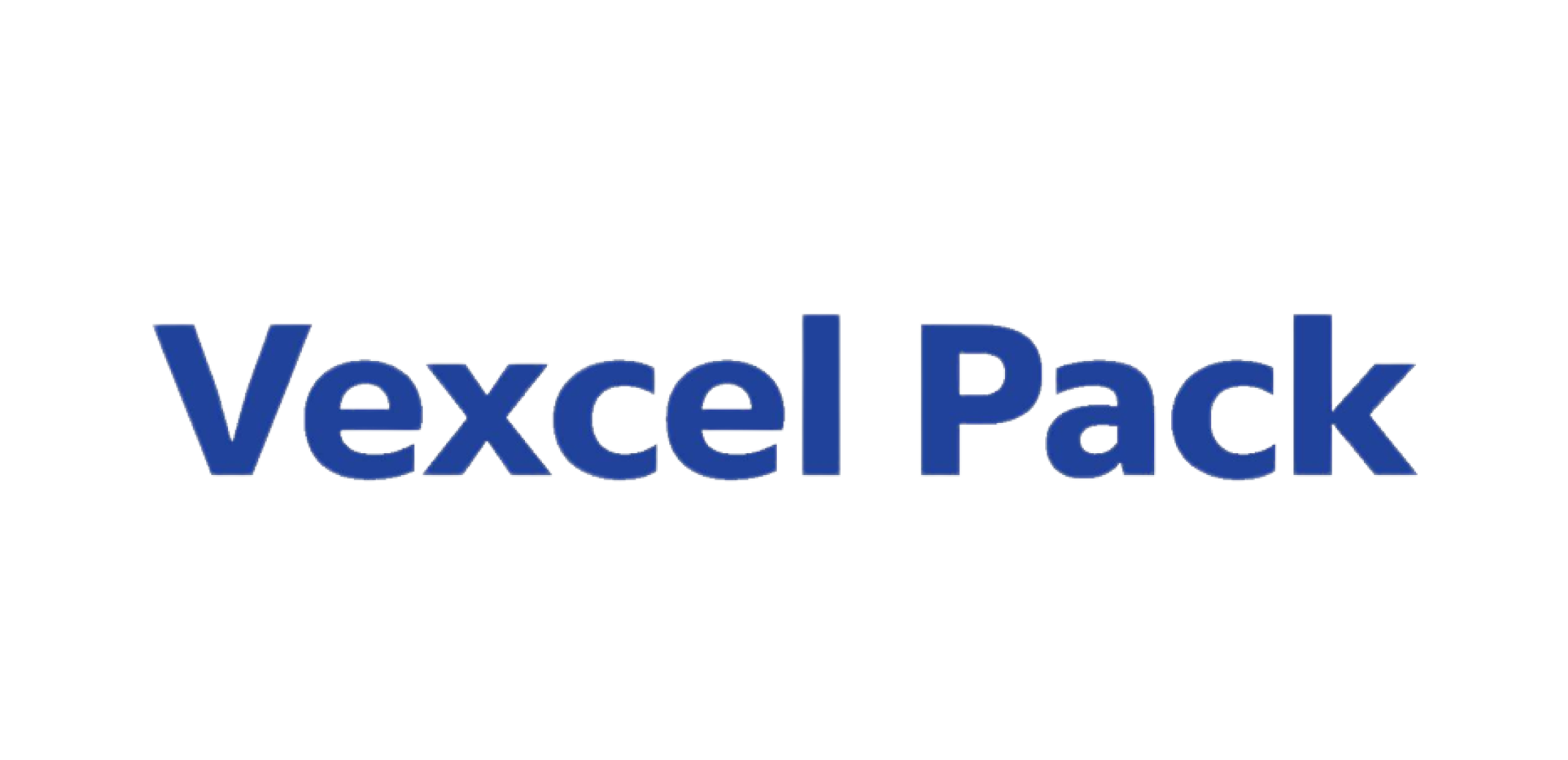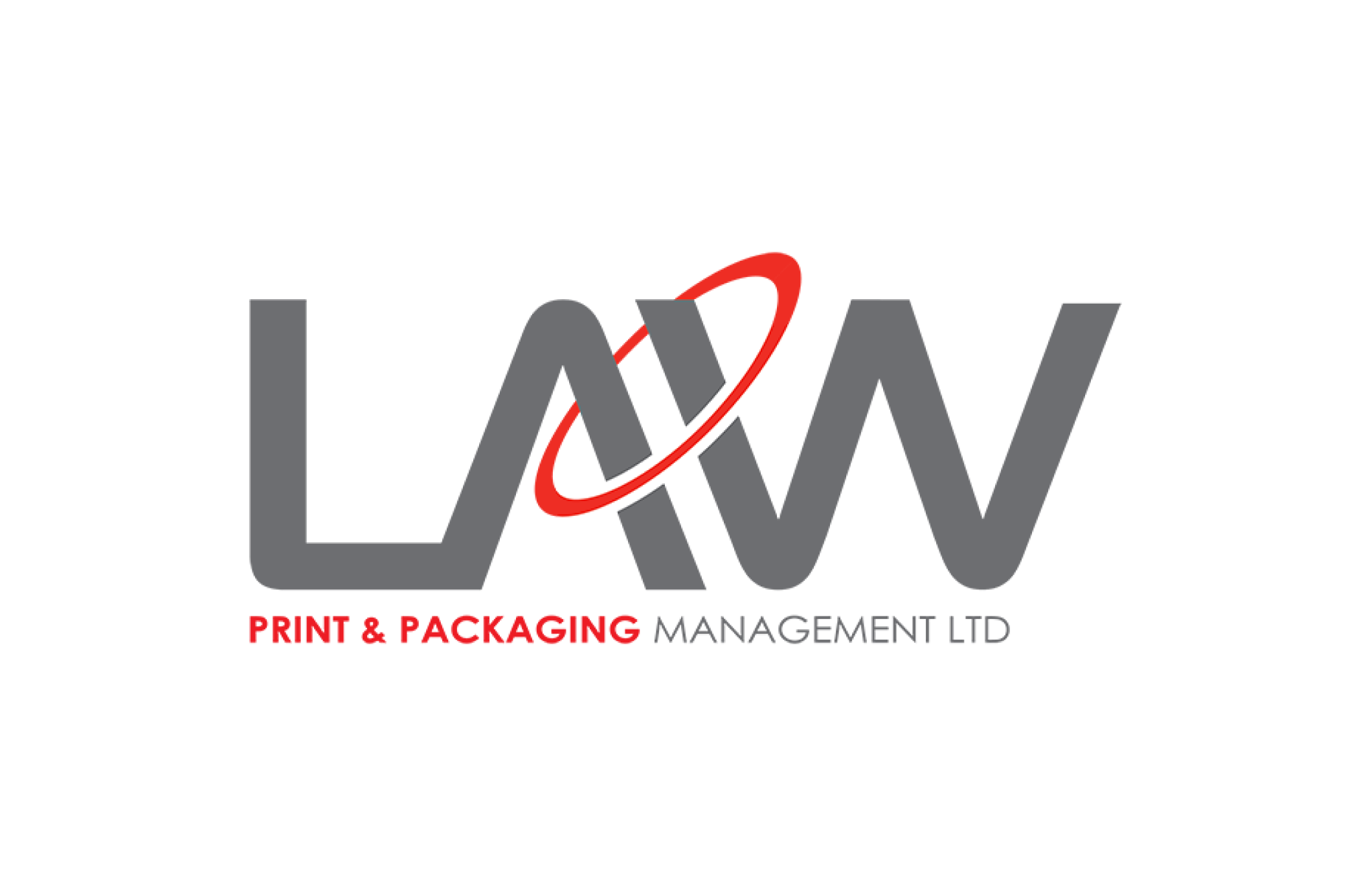Crispy canned snacks
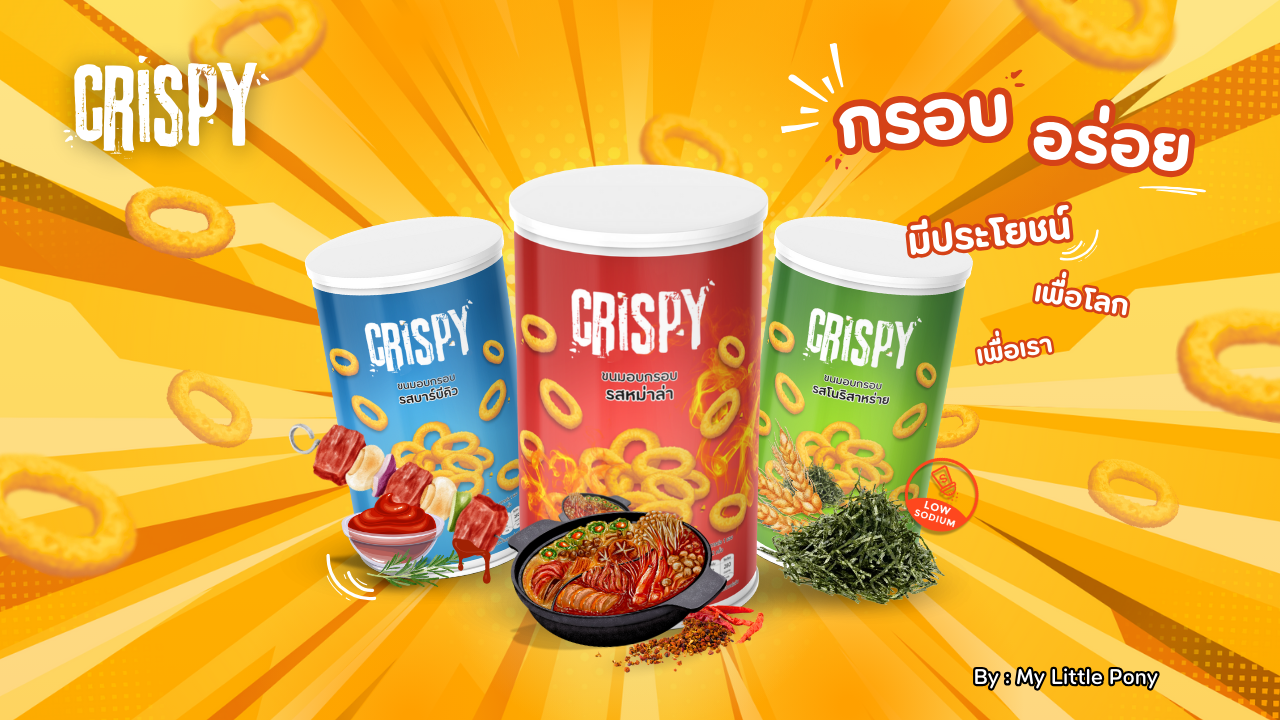
Team : My Little Pony
Member
Ms Pitchayaporn Caeteaw
Ms Kanyarat Pinakase
Ms Thitakan Mungfakklang
**Brand: Crispy Product: Crunchy Snacks in a Can**
1. **Business Environment Analysis**
The global snack market is growing rapidly, particularly in the bagged snacks category, which has seen significant popularity due to the expansion of online streaming services. Younger generations are increasingly consuming entertainment from home, making convenient and enjoyable snacks a perfect fit for this lifestyle.
In Thailand, the snack market is substantial, with a retail value of 105.2 billion THB in 2023, and it continues to grow, especially in the health-conscious snack segment. This reflects consumer behavior favoring products that are not only healthy but also focused on sustainability and environmental concerns, aligning with global trends for natural, additive-free, and eco-friendly products.
Research by Trivium Packaging shows that 74% of consumers seek sustainable packaging and are willing to pay more to avoid harmful packaging, such as plastic pollutants. Younger generations are particularly environmentally conscious, willing to invest in brands that reflect sustainability values. This aligns with a Nielsen survey showing that Gen Z is eager to switch to brands that clearly demonstrate environmental responsibility.
In addition, a survey in Thailand reveals that Thai consumers rank second in the Asia-Pacific region, after India, for consuming snacks and beverages as meal replacements. This trend is driven by stress and fast-paced lifestyles. Thai people often consume snacks during ‘we-time’ (54%) or ‘me-time’ (45%) when feeling stressed or bored.
Traditional snacks with additives no longer meet the demands of health-conscious consumers. Over the past 2-3 years, there has been a 19% increase in the launch of products made from natural ingredients, free from additives, preservatives, and allergens, and a 17% increase in environmentally friendly snacks, while high-sodium snacks have declined by 11%.
This shift in consumer behavior indicates that modern consumers not only seek healthier snacks but also value nutritional benefits that support health, while still expecting good taste. Adapting in this direction will help snacks become part of the health food market in the future.
**PESTEL Analysis**
- **Political**:
- The government supports SMEs under the 2024 SME Promotion Action Plan, with over 100 projects aimed at increasing the GDP contribution of SMEs to 37% by 2024. This creates opportunities for businesses to access funding more easily. +
- The government promotes eco-friendly production and consumption, encouraging businesses to adopt environmentally friendly practices for sustainable growth. +
- The government also encourages the design of environmentally friendly products and packaging (Design for Environment: DfE) to facilitate reuse and recycling. +
- **Economic**:
- The snack industry continues to grow globally, especially in Asia and Thailand, where the market was valued at 105.2 billion THB in 2023, potentially increasing business revenue and enabling rapid growth. +
- **Social**:
- A Euromonitor survey* found that 1 in 4 Thais are dieting, 65% prioritize healthier ingredients, and 41% pay attention to nutrition labels. 65% of consumers believe they can make a difference in the world through their choices, leading businesses to cater to health-conscious consumers. +
- 74% of Thai eco-conscious consumers choose environmentally friendly products. Research from Mahidol University (CCMU) found that consumers are willing to adjust their daily habits and pay more for eco-friendly products, pushing businesses to respond to this demand. +
- Rapidly changing consumer trends, driven by technology, sustainability, and economic factors, force businesses to adapt quickly. -
- 76% of Thai consumers regularly eat snacks during work, travel, or leisure activities, boosting the snack industry’s growth potential. +
- Trivium Packaging research found 74% of consumers seek sustainable packaging, and many businesses are now communicating how their brands align with consumer interests. +
- Social media platforms like Facebook, YouTube, TikTok, and Instagram, which are popular among Gen Z, significantly influence consumer decision-making, prompting businesses to use these platforms for marketing. +
- **Technology**:
- Advances in food production technology, such as the use of extruders, have allowed for more variety in texture and flavor, enhancing efficiency in snack production. +
- The rise of e-commerce, with consumers increasingly purchasing products online, pushes businesses to adapt to effectively reach their target audiences. +
- **Environment**:
- Plastic contributes to greenhouse gas emissions from production to disposal (Greenpeace Thailand, 2022), prompting businesses to adopt eco-friendly packaging to build a positive brand image. +
- **Legal**:
- Strict consumer protection laws require businesses to comply with legal standards in production, protecting consumer rights. -
2. **Brand Development Goals**
- Establish a sustainable and eco-friendly brand image.
- Raise awareness through meaningful marketing communications.
- Expand the customer base by targeting health and environmentally-conscious consumers.
- Build a well-known and trusted brand in the health and environmental sectors.
3. **Target Audience and Insights**
- **Target**:
- Gen Z, male and female.
- **Behavioral**:
- Prefer reading labels and nutritional information to select healthy products, such as sugar-free or low-sodium items.
- Opt for products with biodegradable or eco-friendly packaging.
- Focus on health, including exercising and staying updated on health trends.
- **Psychographics**:
- Choose brands that demonstrate environmental or social responsibility.
- Aim to live a balanced, healthy lifestyle, both physically and mentally.
- **Lifestyle**:
- Health-conscious individuals who prioritize exercise, balanced nutrition, and environmentally friendly products.
- **Insights**:
- Interviews with 50 people revealed that they check ingredients, especially sodium and sugar, before purchasing snacks.
- Issues with snack freshness when not consumed all at once and difficulty in sharing snacks in traditional packaging were common concerns.
- Many would choose snacks with eco-friendly packaging if available.
4. **Packaging Design for Social and Environmental Impact**
Design a package that supports Recycle, Reduce, and Reuse principles, addressing common consumer issues like difficulty in opening or resealing snack bags, leading to staleness. Crispy will use a can-based package that can unfold for easy sharing and reseal to maintain freshness.
5. **Marketing Activities and Brand Development via Packaging**
- 4Ps
- Product : Wheat-based snacks with controlled calorie, sugar, sodium, and fat content. Three flavors: seaweed nori, BBQ, and mala.
- Price: 59 THB, using psychological pricing strategies with the number 9.
- Place: Expanded distribution through retail stores, online platforms, and department store counters.
-Promotion
-Advertising: Use social media to highlight product differences, such as being a healthy snack with low calories, sugar, and sodium, while emphasizing the recyclable packaging..
-Direct Marketing: Set up booths where customers can easily access the product and offer free samples for tasting.
Strategy
- Sustainable Packaging Design: Create eco-friendly packaging to attract consumers who care about the environment. The packaging will be made from paper, recyclable polyethylene plastic, and aluminum foil. The layers will include polyethylene to protect against moisture, paper for box strength, polyethylene and aluminum foil for temperature control, and another polyethylene layer for sealing.
- Health-Conscious Products: Develop snacks made from wheat flour with controlled calories, low sugar, sodium, and fat. The snacks will come in three flavors: seaweed nori, BBQ, and spicy mala. These snacks will be marketed as healthy but flavorful options, ideal for health-conscious customers seeking new tastes. The product will be sold online and in modern trade channels to reach the target audience and expand the customer base.
- Brand Awareness and Customer Engagement: Use IMC (Integrated Marketing Communication) to reach the target audience.
Advertising & Social Media Marketing
- Utilize platforms like Facebook, Instagram, and TikTok to create inspiring and health-related content. Short videos will highlight the benefits of healthy snacks and show how the packaging is recyclable.
- Launch campaigns encouraging customers to share photos or videos using the product with related hashtags to generate buzz on social media.
- Collaborate with health and environmental influencers to review and promote the product.
- Write blog posts or articles focusing on choosing healthy snacks and reducing plastic waste with biodegradable packaging.
Personal Selling
- Train sales staff to showcase the product's health benefits and eco-friendly packaging.
Direct Marketing
- Event Marketing: Set up free tasting booths in stores, offering samples to encourage purchases. Include games or activities with prizes via Line Official to create a positive experience. Encourage customers to subscribe or provide contact details for future promotions or discounts. Provide photo spots for customers to share on social media.
- Email Marketing: Send newsletters introducing new products, promotions, healthy eating tips, and information about eco-friendly packaging.
Sales Promotion
- Offer discounts or package deals to attract the target audience, such as special packages for health-conscious customers.
- Implement a rewards program where customers who purchase products in recyclable packaging can earn points to redeem for free products or future discounts.
- Stimulate sales through promotions such as first-time purchase discounts, free product samples, or buy-one-get-one-free offers.
Public Relations (PR)
- Launch campaigns emphasizing eco-friendly packaging, supported by press releases and partnerships with environmental websites.
- Collaborate with reforestation projects or other eco-friendly initiatives to position the brand as caring for both consumer health and the environment.
KPI: Marketing and Brand Performance Evaluation Over 6 Months
- Sustainable Packaging Design:Target sales: 100,000 units
- Target sales: 100,000 units
- Health-Conscious Products:Target sales: 100,000 units
- Target sales: 100,000 units
- Brand Awareness and Customer Engagement Through IMC:Social media campaign views: 3,000,000 viewsHost booths once a month for 6 months for customer accessibility:Target event participants: 6,000 peopleTarget subscribers: 4,000 people
- Social media campaign views: 3,000,000 views
- Host booths once a month for 6 months for customer accessibility:Target event participants: 6,000 peopleTarget subscribers: 4,000 people
- Target event participants: 6,000 people
- Target subscribers: 4,000 people
4o

